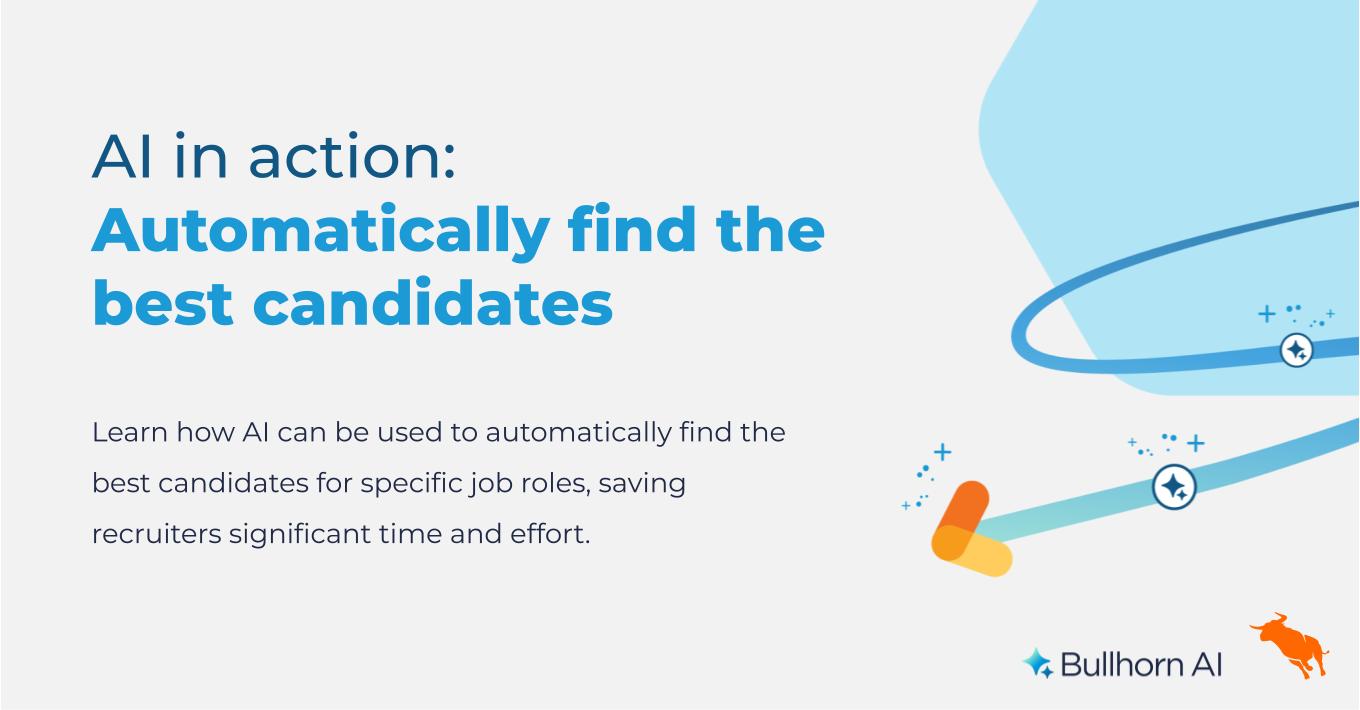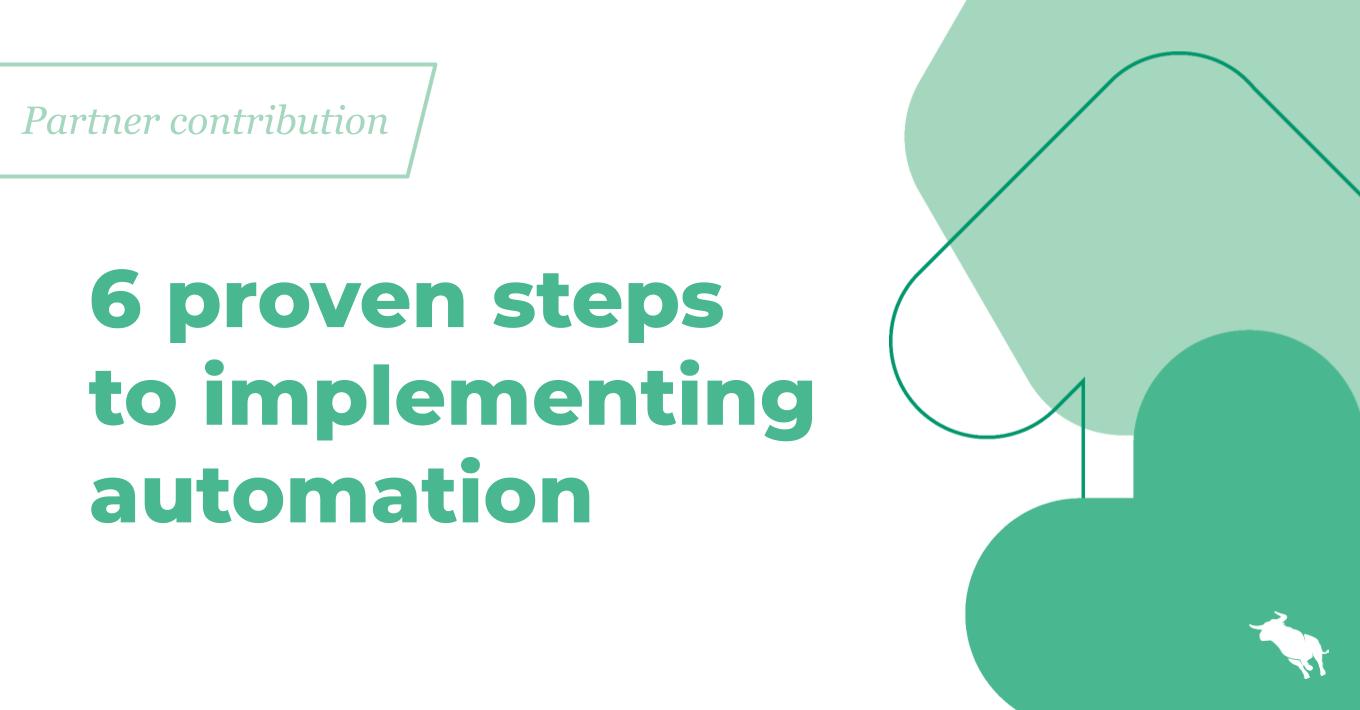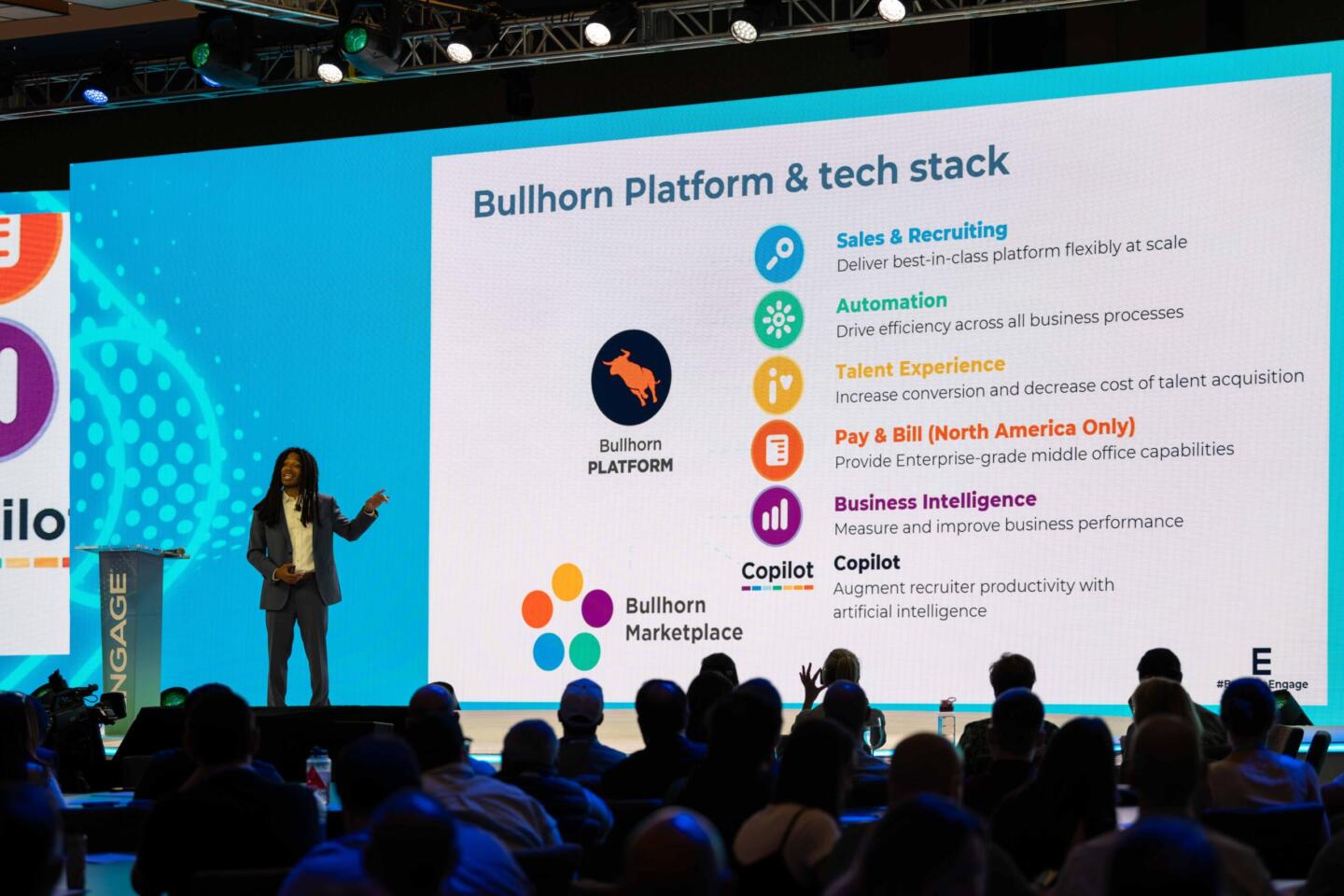How to Create Measurable Goals for Social Recruitment
More and more staffing agencies are investing in social media as an effective channel to source candidates and promote their brands. In fact, 85% of recruiters claim that social media would be an increased part of their sales and recruiting efforts, according to the Bullhorn Trends Survey. As the recruitment industry progresses through the process of adopting and integrating social media into workflows and systems, our views and tactics are maturing into more advanced, sophisticated strategies ―strategies that include key quantitative measurements that are leading teams of recruiters into action.
When it comes to measuring the social recruiting ROI, many still find it challenging to prove effectiveness and define returns. It’s important to start with defining goals for your team and attaching a social media metric to each goal. For example:
→ Goal: Increase # of Qualified Applicants
→ Channel: LinkedIn
Next, determine the investment you’re willing to make to move the needle. To keep numbers simple, let’s say you invest $50 in LinkedIn Ads and 5 recruiter hours per week, resulting in a $10,000 investment per year.
→ Sample Investment: $50/week in LinkedIn Ads & 5 recruiter hours/week ($10,000/year)
Then, you should define a way to track the results of your investment, so you can measure the return.
→ Sample Tracking Method: Referral source field in ATS
Finally, set a target objective so you can determine if the investment was a wise one, and then use it as a benchmark for results.
→ Sample Objective: Secure 1 qualified applicant/week via LinkedIn (i.e. $130,000/year)
If you assume your submissions to placements ratio is 4:1, and your average revenue per hire is a conservative $10,000, then you’ll bring in $130,000 per year. Clearly, if your team is bringing in 1 qualified applicant per week by investing much less than you’re bringing in for revenue, then you have made a smart investment. You can also develop best case and conservative scenarios to predict the range of success. Even one more applicant per year pays off this investment in the example above.
We can only measure ROI with data. The great thing about the web is that you can measure everything, and you can tie a dollar value to every website conversion. As you seek to define your ROI in social recruitment, keep focus on how each activity impacts your bottom line. Follow the applicant’s journey and measure each conversion point along the way. Now more than ever, we have access to innovative tools (sample below) that can provide insight into a candidate’s social activity and ultimately help us make better business decisions.

Getting Started In order to get started, establish your goals and define measurable objectives. A list of potential goals for recruiters might include:
→ Increase # of Applicants
→ Increase # of Clients
→ Increase # of Hires
→ Improve Employment Brand
→ Increase Fill Rate
→ Increase Revenue per Placement
Then use them to develop an overall strategy that will help you achieve those goals and meet your objectives. Once you have mapped out a plan, you can then seek out tools and tactics that will help you accomplish your overall strategy. Remember, social media should enhance and not replace your existing recruiting strategy. When you make social recruiting a strategic initiative you can significantly reduce sourcing costs and increase your ROI.
This Bullhorn Blog post was written by Ashley Healy.
Ashley Healy specializes in integrated marketing communications and a wide range of marketing activities including social media management, SEO copywriting, content marketing, promotional strategies and employment branding. She previously worked as Content Marketing Manager at Bullhorn and prior to that, as a copywriter and marketing coordinator at Verndale, a full-service digital agency.




